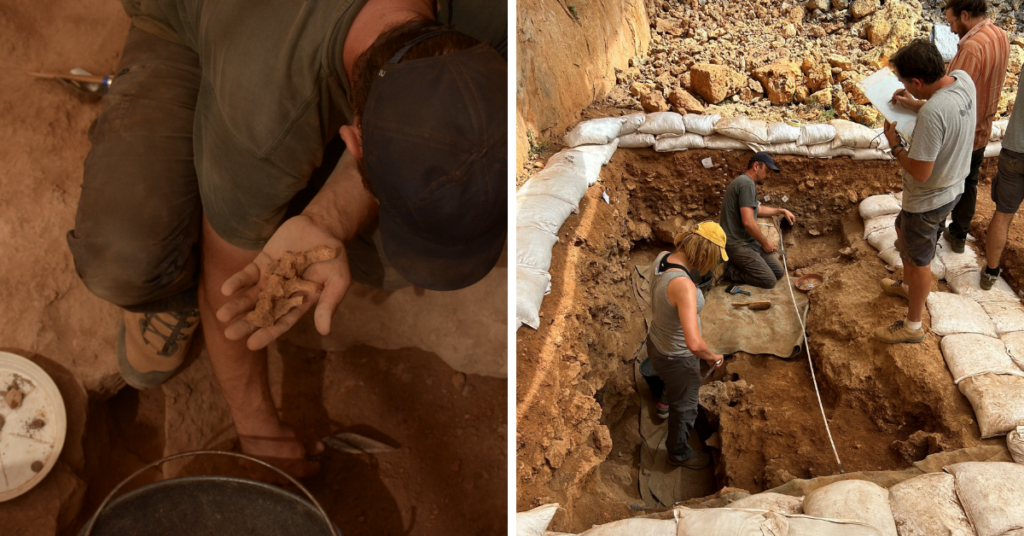Mesolithic Era Unlocked In Malta’s Historical Chronology: What We Discovered And What This Means

A new ground-breaking research which has pushed Malta’s history by a whole millennium has dominated national headlines ever since it was unveiled last night. But what does it all mean, and what have researchers just stumbled upon?
After excavations started in 2019 at the Latnija cave in Mellieħa, led by Professors Eleanor Scerri and Nicholas Vella, the team sent several findings to be analysed by lab work to back the initial interpretations.
Scerri delves into the process of arriving to the conclusion that Malta’s earliest human presence can be traced back 1,000 years earlier than previous knowledge saying that “as a scientist, the first thing you want to do when you realise something amazing is to try and disprove it.” After conducting thorough analysis’ and trying to look at the evidence from all the angles, Scerri claimed that “when you get enough data, evidence, lab analysis, it starts to formulate a picture that you cannot reject.”
This newly-discovered civilisation of early island inhabiters are completely different to the farmers from pre-history, in fact, the people living in the mesolithic era had no domestication of items and animals. They were very careful in the management of resources as seen from their hugely diverse diet which included birds and marine resources, which is a completely different from a farmer diet that was seen from the prehistory era. These findings are largely thanks to the Stratigraphic sequence found at the excavation which included chemical fingerprinting of bone fragments. We’re lucky enough that these ancient deposits remained untouched largely due to the collapse of the roof in the cave which sealed everything beneath for archaeologists to uncover.
View this post on Instagram
Additionally, Scerri went on to discuss the genetics of these early inhabiters and she divulged that these people were very different from us, especially considering that these people could have been the last survivors of the Ice Age. According to studies, these people could have had dark skin and light-coloured eyes which is very different from the general Mediterranean appearance that we have nowadays. Despite this, Scerri claimed that “in some way you can imagine that ancestry is passed down through different populations and different mixes, so in some way, all of us have a little bit of that ancestry in us today, even if they were very different and lived different lifestyles”.
Naturally, this is only the beginning of the research and the archaeologists have already extended the area being studied. The Professors confirmed that this is not a one-off event and that the network that these people had as well as more information about these first inhabiters will hopefully be divulged through further research.
<strong>What do you make of this ground-breaking new information on Malta’s mesolithic era?</strong>
